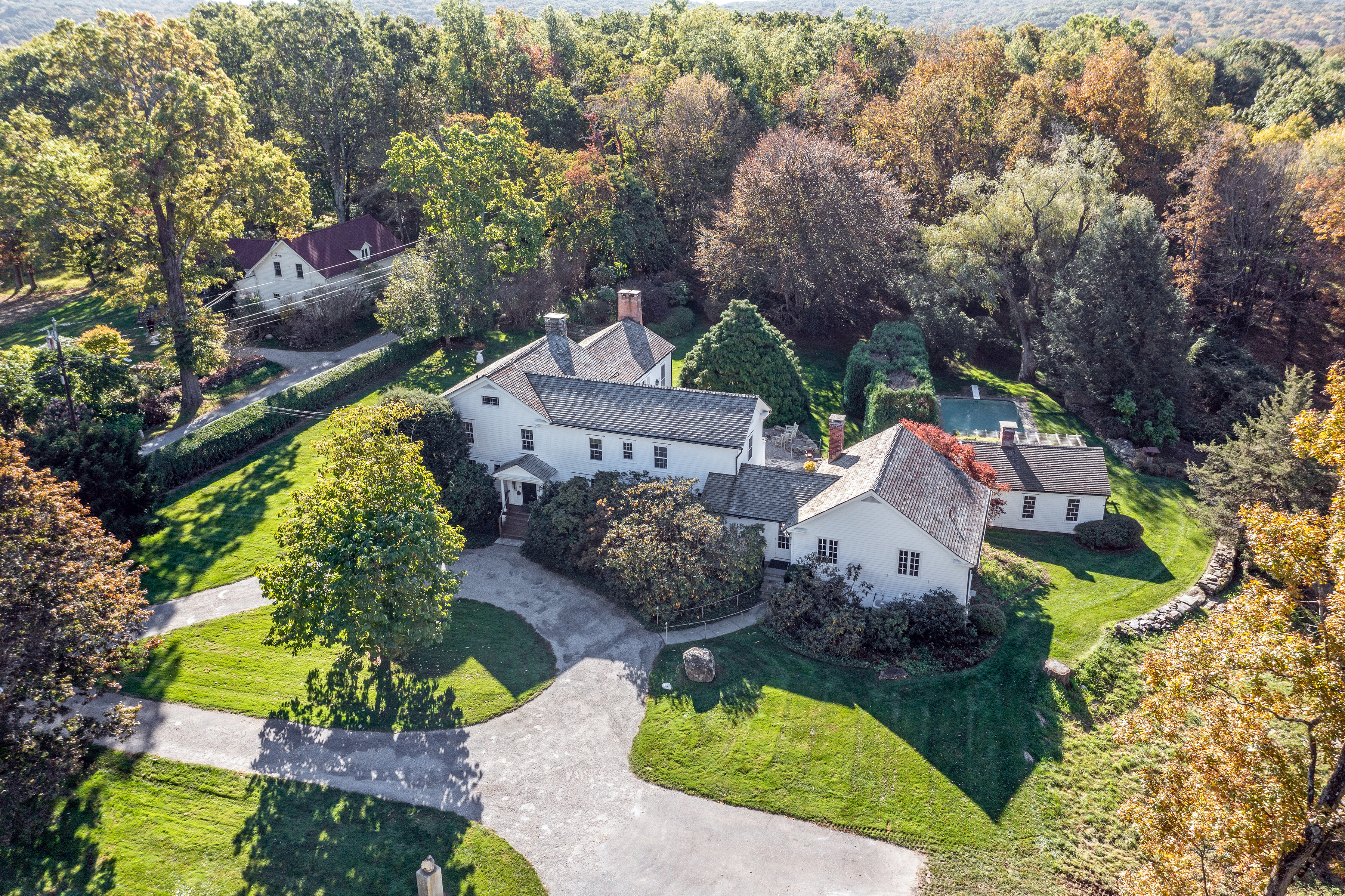The National Transportation Safety Board has removed the air traffic controllers union as a party in the investigation of the deadly midair collision over the Hudson River -- just hours after union leaders said they thought the NTSB made a mistake in a report about the incident.
National Air Traffic Controllers Association said today that the NTSB was wrong when the agency implied that a controller at Teterboro Airport in New Jersey who was handling a small plane involved in the Aug. 8 accident failed to warn the single-engine Piper's pilot that there were other aircraft in his path, including the air tour helicopter. The air traffic controllers also demanded a retraction.
Just hours later, the NTSB made the rare move of relieving NATCA from the investigation, saying it broke rules that prohibit the release of publicly commenting on an open investigation.
"It is counterproductive when an organization breaches the party agreement and publicly interprets or comments on factual information generated by that investigation," NTSB Chairman Deborah A.P. Hersman said.
"Our rules are set up precisely to avoid the prospect of each party offering their slant on the information. I regret that we have had to remove NATCA from the investigation," she said.
The NTSB again said "that the role that air traffic control might have played in this accident will be determined by the NTSB as the investigation progresses."
The statement was a long cry from the retraction sought by the air controllers.
Union officials said the NTSB's report later notes that the helicopter, which was just beginning to lift off, didn't appear on the Teterboro controller's radar screen until seven seconds after the controller handed off responsibility for the plane to nearby Newark Liberty International Airport and told the pilot to contact Newark.
The report infers that the helicopter was among the aircraft visible on radar in the plane's path, which was not the case, the union said.
Federal safety officials changed their account of the accident on that key point Monday, saying the helicopter struck by a small plane wasn't initially visible on radar to the air traffic controller handling the plane.
The Piper pilot never contacted Newark, but just before the collision he acknowledged the Teterboro controller's instruction to change radio frequencies. The sequence of events raises the possibility the pilot's attention may have been focused on the radio so that he didn't see the helicopter.
Moments later the plane and helicopter collided, sending both aircraft plunging into the Hudson. Nine people died in the accident.
The Teterboro controller made a personal phone call shortly after clearing the Piper for takeoff at 11:48 a.m. EDT and remained on the phone until the collision five minutes later, even while he was directing traffic, according to the board and the Federal Aviation Administration.
Local
The controller and his supervisor, who was out of the building at the time of the collision, have been placed on administrative leave with pay by the FAA. The agency said in a statement last week that while it appears the controller's conduct didn't have any impact on the crash, his behavior was inappropriate and unacceptable.



